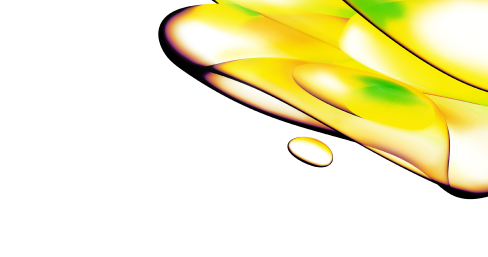Resource Center
Explore Resource Types
We have housed the technical documents (SDS, COAs, Manuals and more) in a dedicated section.
Explore all All Resources
Filters
Select resource types
Select products & services (1)
Select solutions
Active Filters (1)
Clear All
37 - 48 of 70 Results
Sort by:
Best Match
Opera Phenix High-Content Screening System: Improved 3D imaging
Technical Note describing how imaging of 3D cell models is improved using the Opera Phenix High-Content Screening System
Artificial intelligence, machine learning and deep learning: applications in cellular imaging for improved drug discovery productivity
Learn how Artificial Intelligence (AI), Machine Learning (ML) and Deep Learning (DL) are used in cellular imaging applications for improved drug discovery productivity in this white paper.
Phenotypic drug discovery with high content screening
High content screening, a powerful approach to phenotypic drug discovery that leverages the rich information available in the image-based screens.
The benefits of water immersion lenses for high-content screening
This technical note explains why the choice of objective lens is critical for high-content screening.
Improved high-content imaging of tissue sections
Technical note describing how to improve high-content imaging of tissue sections.
3D volumetric analysis of luminal spaces inside cysts or organoids
Technical Note describing 3D volumetric analysis of luminal spaces inside cysts or organoids
Research spotlight interview: Combining expertise in 3D airway cell models with SARS-CoV-2 research
A study on the first interaction of SARS-CoV-2 with host respiratory tissues.
High-throughput approaches to overcome antimicrobial resistance - part 1
The use of machine learning algorithms to predict how an organism is going to behave in response to an antimicrobial.
High content screening in three dimensions
This paper provides a recommended workflow for 3D HCS analysis, with a focus on reducing the 3D image analysis time by utilizing High Performance Computing.
Developing a phenotypic in vitro model for progression of liver steatosis
A recent study developed a model of hepatic steatosis in functional human induced pluripotent stem cell-derived hepatocytes (hiPSC-Hep).
A workflow to characterize and benchmark human induced pluripotent stem cells
Case study describing a high-content imaging workflow to characterize and benchmark human induced pluripotent stem cells
How to perform successful long term live cell imaging in a high-content analysis system
How to perform successful long term live cell imaging in a high-content analysis system


Looking for technical documents?
Find the technical documents you need, ASAP, in our easy-to-search library.




























